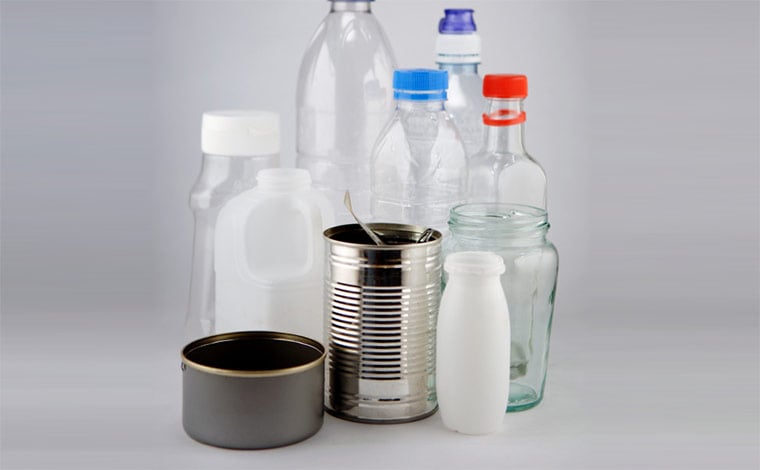Latest Update to California's Proposition 65 List Will Impact Manufacturers Worldwide

25 Jun 2015
Bisphenol A (BPA) Added to List of Chemicals Considered Toxic in the State of California
the california safe drinking water and toxic enforcement act of 1986 (also known as proposition 65 or prop 65) requires the governor (through the state's office of environmental health hazard assessment, or oehha) to publish, at least annually, a list of chemicals known to the state of california to cause cancer or reproductive toxicity. on may 21, 2015, bisphenol a (bpa) was added to the list, with the warning provision becoming effective from may 11, 2016. this means that, after this date, any company with 10 or more employees manufacturing, distributing or selling products in the state of california that contain bpa will be required to provide a clear and reasonable warning on their product labels if exposure to bpa from use of that product is above the safe harbor level. as bpa is widely used in the manufacture of consumer goods, from food storage containers to consumer electronics, the impact of this listing to manufacturers and retailers will be far reaching. failure to comply with these requirements can lead to litigation and financial penalties.
it is important to note that prop 65 warnings are exposure-based, not concentration-based. in other words, instead of defining an amount of chemical that is allowed in a product, such as 1,000 parts per million (ppm) or 0.1 percent by weight, the regulation specifies a permitted exposure level in terms of micrograms per day (µg/day), which is called the safe harbor level (shl). as oehha has not yet derived an shl for bpa, the responsibility will be on the manufacturers to derive a maximum allowable dosage level (madl) based on available animal and human reproductive toxicity data and be able to scientifically defend it in determining whether their products require prop 65 warnings. in order to compare the madl to the amount of chemical detected in the product, a company needs to conduct an exposure assessment that estimates the amount of chemical that a person would be exposed to from using the product factoring the concentration of the chemical, the movement of the chemical out of the product, and its use pattern. these steps would help manufacturers defend themselves against not only fines for non-compliance, but against possible litigation.
intertek is already helping manufacturers comply with bpa requirements for canada, france and the u.s. and has developed best practices for addressing concerns about the chemical. depending on the client need, holistic solutions for prop 65 compliance may include engaging the supply chain network for information on materials and suppliers, gathering bills of material (bom) to assess product ingredients, performing assessments to evaluate the compliance risk for a material and product, conducting analytical testing to determine levels of bpa, deriving madls for reproductive toxins or no significant risk levels (nsrls) for carcinogens, and conducting exposure assessments to evaluate whether proposition 65 warnings are required.
for more information on prop 65, visit http://oehha.ca.gov/prop65.html/. for additional details on establishing exposure amounts and testing for chemical limits, go to https://www.intertek.com/prop65/.
